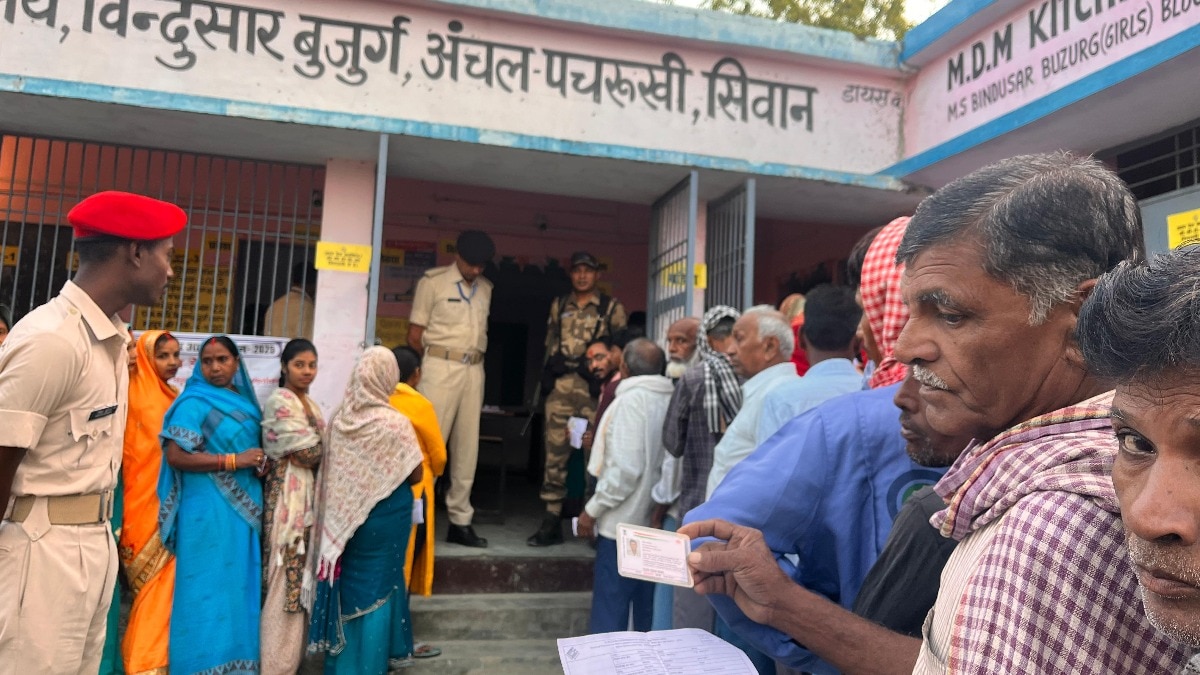As the first phase of assembly elections in Bihar are underway on Thursday, the intertwined and interconnected issues of development, jobs and migration have been at the centre stage of campaigning this year with aspirations of the state’s nearly 130 million people closely linked to this.
With a population of 127 million and the third most populous state in the country, about 88.7% of Bihar’s population resides in rural areas, according to Census 2011 and only 11.2% are categorised as urban population. Over 7.5 million workers have left the state and migrated across the country in search of jobs and livelihood. As per the Annual Periodic Labour Force Survey 2023-24, Bihar’s unemployment rate was 3.9%, which was above the national average of 3.2%.
Over decades, Bihar has had one of the lowest number of factories amongst the larger states and Union Territories in the country. Its growth rate has risen over the years; it still remains below the national average. This mix of high population, dependence on rural and agrarian activities and a lagging manufacturing sector is seen to be one of the main reasons for the huge migration of workers from the state.
As per Bihar’s Economic Survey 2024-25, the size of the state’s economy at current prices has increased by 3.5 times to Rs 8.54 lakh crore in FY24 from Rs 2.47 lakh crore in FY12. As per the Budget 2025-26, its GSDP is estimated to grow to Rs 10.97 lakh crore. Bihar grew by 9.2% in FY24 in line with India’s GDP growth rate.
The tertiary sector contributed the most to the state’s economy with a 58.6% share with trade and repair services having the largest chunk followed by transport, storage, communication and broadcasting, and real estate and professional services.
The secondary sector contributed 21.5% to the state’s GSDP with manufacturing estimated to contribute just 7.6% followed by an 11.2% contribution by construction. The share of the primary sector was 19.9% to the GSDP.
The recently released Annual Survey of Industries 2023-24 reveals that Bihar had just 3,386 factories that had 13.9 million persons engaged. While the number of factories is higher than those in Himachal Pradesh (2,650), Odisha (3,281), Uttarakhand (2,897) and Delhi (2,773), it is much lower than the top industrialised states.
Contrast this to the top two states in the ASI 2023-24. Tamil Nadu had 40,121 factories that engaged a total of 2.98 million people and Gujarat had 33,311 factories which engaged 2.56 million persons.
Per capita income is also below the national average. While Bihar’s per capita GSDP grew by 13% year on year to Rs 66,828 in FY24, it was below the country’s per capita GDP of Rs 2.15 lakh.
A recent study by NITI Aayog on the Macro and Fiscal Landscape of the State of Bihar shows this contrast with the national average even more.
“Bihar’s real GSDP has grown at an average rate of 5% between 2012-13 and 2021-22, which is lower than the national average growth of 5.6 percent during the same period,” it said, adding that during the last three decades, Bihar’s share, in nominal terms, in the national GDP has decreased from 3.6% in 1990-91 to 2.8% in 2021-22. Its nominal per capita income was only 30% of the national per capita income in 2021-22, it further pointed out.


